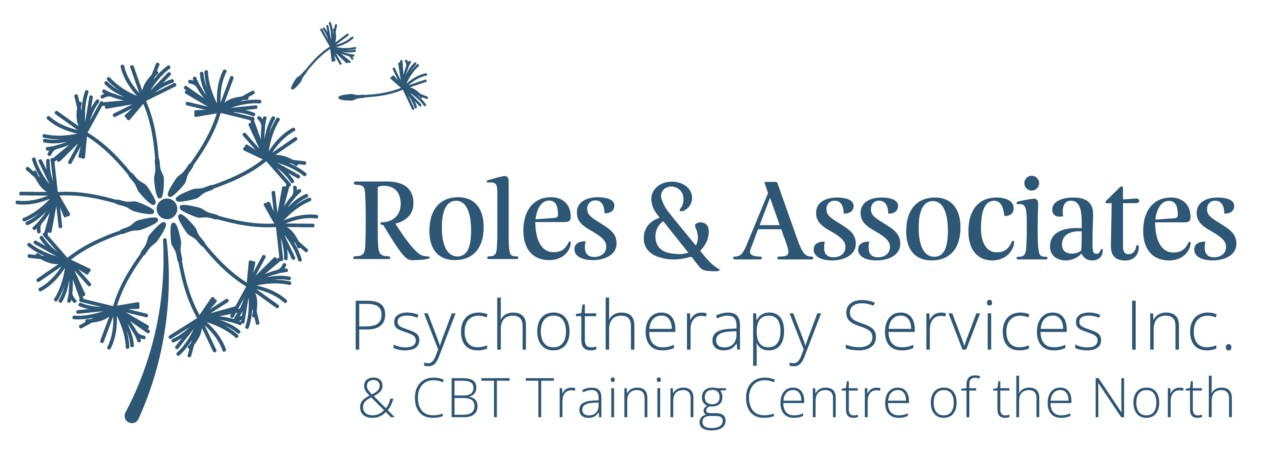Work-Life Balance: Strategies for Managing Stress and Prioritizing Well-being
Written by Hailey Moulton, BA (Hons), MACP (In Progress), RP (Qualifying)

Achieving a healthy work-life balance in today’s fast-paced society can feel overwhelming. Juggling work responsibilities, personal commitments, and self-care often seems impossible, leading to burnout, stress, and unhappiness. However, with the right strategies and self-care, it is possible to manage stress and prioritize well-being effectively.
Have you heard of the term workaholic? Workaholism refers to the tendency to work excessively and compulsively. Early definitions focused on people working more than 50 hours a week. Nowadays, many employees, especially in management, work at least this much. Modern definitions describe workaholism as a pattern of long hours, intense work investment, and an all-consuming obsession with work. Research shows that workaholism can harm health, well-being, and negatively impact work and family life (Andreassen, 2014).
Workaholism emphasizes the importance of setting clear and consistent work boundaries. This includes not skipping lunch breaks, avoiding working late unnecessarily, and not checking emails or voicemails after hours. It can be beneficial to keep work apps off your personal devices to avoid the temptation of checking or receiving notifications outside of work hours. Whenever possible, try to use separate technology for work and personal activities. Maintaining a clear distinction between work and home life is essential to prevent emotional exhaustion (Pluut & Wonders, 2020).
Finding a healthy work-life balance involves enjoying activities outside of work. Engaging in hobbies can be fulfilling and provide a mental break from work. Leisure activities boost well-being by increasing physical activity, positive emotions, new skills, social connections, and self-determination. According to a study by Lagunes-Cordoba et al. (2020), those who participate in leisure activities experience lower stress and greater confidence in managing stress, leading to improved mental health.
Achieving a healthy work-life balance in today’s fast-paced society may seem challenging, but it’s essential for preventing burnout, reducing stress, and enhancing overall happiness. Understanding the concept of workaholism and recognizing its impact on health and well-being is a crucial first step. By setting clear boundaries between work and personal life, and finding fulfilling activities outside of work, you can create a balanced lifestyle. Engaging in leisure activities can boost your well-being, reduce stress, and improve your mental health. Remember, prioritizing self-care and setting boundaries are key to maintaining a healthy work-life balance and enjoying a fulfilling life.
If you’re struggling to maintain a healthy work-life balance and need guidance, please email [email protected] or call 705-929-1612 ext 6. Our intake clinicians can match you with a qualified psychotherapist who can help you navigate these challenges.
References:
Andreassen C. S. (2014). Workaholism: An overview and current status of the research. Journal of behavioral addictions, 3(1), 1–11. https://doi.org/10.1556/JBA.2.2013.017
Lagunes-Córdoba, E., Yoldi-Negrete, M., Hewson, T., Guízar-Sánchez, D., Robles-García, R., Tovilla Zárate, C. A., Tracy, D., Saracco-Alvarez, R. A., & Fresán, A. (2022). A better way of life: The role of leisure activities on self-perceived health, perceived stress, confidence in stress management, and satisfaction with social support in psychiatrists and psychiatry trainees in Mexico. Frontiers in psychiatry, 13, 1052275. https://doi.org/10.3389/fpsyt.2022.1052275
Pluut, H., & Wonders, J. (2020). Not Able to Lead a Healthy Life When You Need It the Most: Dual Role of Lifestyle Behaviors in the Association of Blurred Work-Life Boundaries With Well- Being. Frontiers in psychology, 11, 607294. https://doi.org/10.3389/fpsyg.2020.607294

